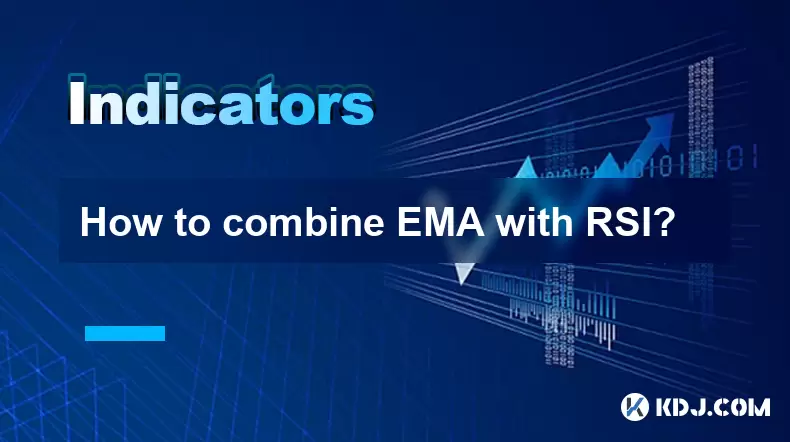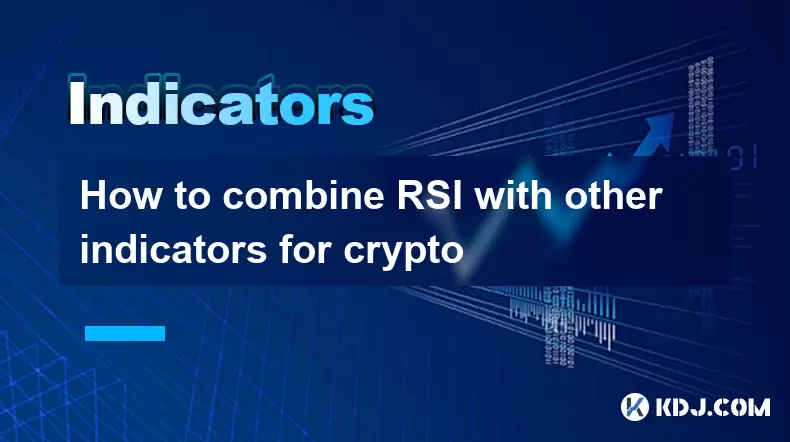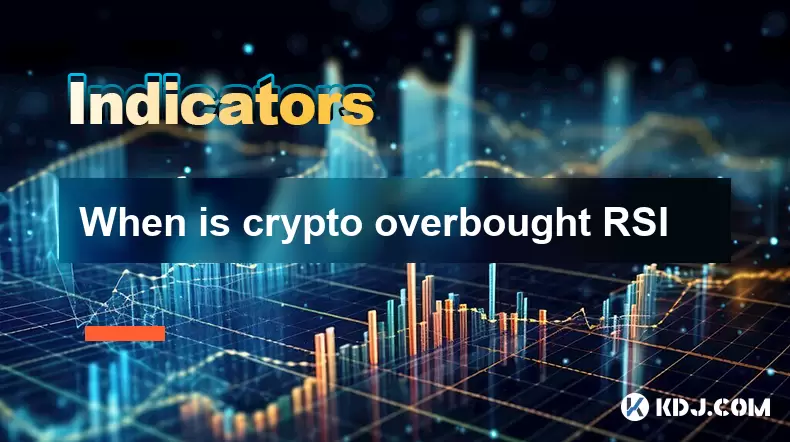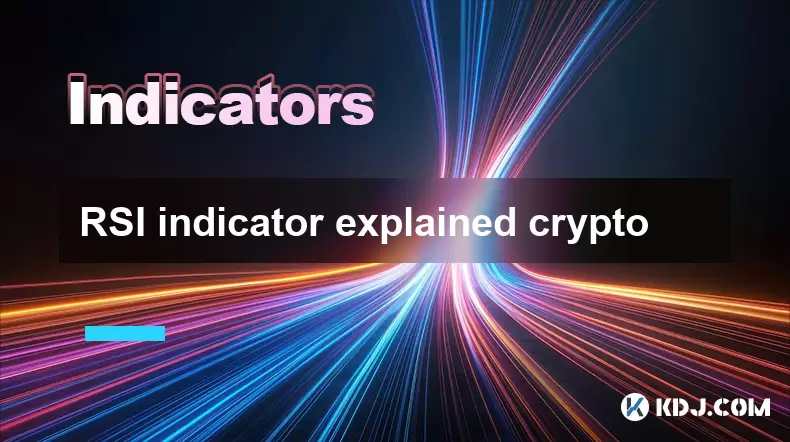-
 Bitcoin
Bitcoin $117,576.6195
-0.21% -
 Ethereum
Ethereum $2,938.5668
-1.35% -
 XRP
XRP $2.7699
4.60% -
 Tether USDt
Tether USDt $1.0003
0.01% -
 BNB
BNB $688.1624
-0.01% -
 Solana
Solana $160.5113
-1.95% -
 USDC
USDC $0.9999
0.01% -
 Dogecoin
Dogecoin $0.1976
-0.70% -
 TRON
TRON $0.3008
1.54% -
 Cardano
Cardano $0.7159
-2.16% -
 Hyperliquid
Hyperliquid $46.2240
2.04% -
 Stellar
Stellar $0.3966
22.03% -
 Sui
Sui $3.3928
-3.11% -
 Chainlink
Chainlink $15.1204
-2.43% -
 Bitcoin Cash
Bitcoin Cash $515.1741
-1.19% -
 Avalanche
Avalanche $20.8130
-0.90% -
 Hedera
Hedera $0.2001
-2.12% -
 UNUS SED LEO
UNUS SED LEO $9.0522
0.72% -
 Shiba Inu
Shiba Inu $0.0...01316
-2.01% -
 Toncoin
Toncoin $2.9843
0.61% -
 Litecoin
Litecoin $92.6745
-2.71% -
 Polkadot
Polkadot $3.9483
-0.06% -
 Monero
Monero $328.5347
1.10% -
 Dai
Dai $0.9998
0.01% -
 Ethena USDe
Ethena USDe $1.0006
-0.01% -
 Uniswap
Uniswap $8.3739
-6.50% -
 Bitget Token
Bitget Token $4.4241
-1.99% -
 Pepe
Pepe $0.0...01222
-3.96% -
 Aave
Aave $300.5203
-3.61% -
 Bittensor
Bittensor $382.2607
-1.92%
How to combine EMA with RSI?
Combining EMA and RSI enhances trading accuracy by confirming trends and filtering false signals, especially in volatile crypto markets.
Jul 11, 2025 at 03:08 pm

Understanding EMA and RSI Individually
To effectively combine Exponential Moving Average (EMA) with Relative Strength Index (RSI), it's crucial to first understand what each indicator represents. The EMA gives more weight to recent price data, making it responsive to new information. It is commonly used to identify trends and potential reversal points in the market. On the other hand, RSI is a momentum oscillator that measures the speed and change of price movements. It typically ranges between 0 and 100 and is used to identify overbought or oversold conditions.
In the context of cryptocurrency trading, where volatility can be extreme, understanding how these two indicators work separately provides a foundation for combining them effectively. Traders often rely on EMA for trend confirmation and RSI for timing entries or exits.
Why Combine EMA with RSI?
Combining EMA with RSI allows traders to filter out false signals that might occur when using either indicator alone. For instance, an RSI reading may suggest a market is overbought, but without confirming the trend through EMA, the trader could misinterpret the signal. By overlaying these tools, traders gain a clearer picture of both trend direction and momentum.
This combination helps in avoiding premature trades based on isolated signals. In fast-moving crypto markets like Bitcoin or Ethereum, this strategy can significantly improve decision-making accuracy. When both indicators align—such as a bullish EMA crossover combined with RSI moving above 30—it increases the probability of a successful trade.
Setting Up EMA and RSI on Trading Platforms
Most modern cryptocurrency trading platforms support both EMA and RSI indicators. To set them up:
- Open your preferred trading platform such as Binance, Coinbase, or TradingView.
- Navigate to the chart section of the cryptocurrency you're analyzing.
- Look for the "Indicators" or "Studies" menu and search for EMA.
- Add the EMA indicator and configure its period; the default is usually 9 or 20.
- Repeat the process for RSI, which is typically set at a 14-period default.
- Adjust the visual settings so both indicators are clearly visible and distinguishable on the chart.
Some platforms allow customization of colors and line thickness for better visibility. Ensuring clarity in your chart setup is essential for accurate interpretation.
Identifying Trade Signals Using EMA and RSI Together
The key to successfully combining EMA and RSI lies in identifying confluence between the two indicators. Here’s how to interpret their interactions:
- Bullish Signal: When the price crosses above a key EMA (e.g., 50-day), and RSI rises above 50 from below, it indicates strengthening momentum and a potential uptrend.
- Bearish Signal: If the price falls below a critical EMA and RSI drops below 50 from above, it suggests weakening momentum and a possible downtrend.
- Overbought/Oversold Confirmation: If RSI reaches above 70 (overbought) and starts to decline while price remains below a major EMA, it strengthens the case for a bearish reversal.
- Trend Continuation: When RSI stays within neutral territory (between 40 and 60) and the price continues to ride above a rising EMA, it supports the continuation of the current trend.
Traders should pay attention not only to crossovers but also to divergences between price action and indicator readings. These discrepancies can provide early warnings of potential reversals.
Backtesting Your Combined Strategy
Before applying any strategy in live trading, backtesting is essential to validate its effectiveness. Here’s how to conduct a basic backtest using historical data:
- Select a cryptocurrency pair such as BTC/USDT or ETH/USDT.
- Set the same EMA and RSI parameters across multiple timeframes (e.g., 1-hour, 4-hour, daily).
- Manually go through past charts and note down instances where EMA and RSI aligned to produce a signal.
- Record whether those signals resulted in profitable trades or losses.
- Calculate win rate, average gain, and average loss to assess overall performance.
Using platforms like TradingView or specialized software like Python-based libraries (e.g., backtrader), traders can automate this process and test thousands of scenarios efficiently. This step ensures confidence in the strategy before risking real capital.
Risk Management Considerations
Even with a robust combination of EMA and RSI, risk management remains paramount. Proper risk control includes:
- Determining position size based on account size and risk tolerance per trade.
- Setting stop-loss orders just below key EMAs or above resistance levels depending on trade direction.
- Placing take-profit targets at previous swing highs/lows or Fibonacci extension levels.
- Avoiding overtrading by sticking strictly to predefined entry and exit rules.
Many novice traders ignore these aspects and end up suffering heavy losses despite having a sound technical approach. Discipline and consistency in applying risk controls can make the difference between long-term success and failure in crypto trading.
Frequently Asked Questions
What is the best EMA period to use with RSI?
There is no one-size-fits-all answer, but common combinations include using a 9 or 20-period EMA with a 14-period RSI. Shorter periods increase sensitivity, while longer periods offer smoother signals.
Can I use EMA and RSI on any cryptocurrency?
Yes, these indicators can be applied to any tradable asset including all major cryptocurrencies. However, results may vary based on market liquidity and volatility characteristics.
How do I know if the EMA and RSI signals are reliable?
Reliability improves when signals are confirmed across multiple timeframes or supported by volume analysis. Avoid acting on single candlestick signals without additional validation.
Is it necessary to use other indicators alongside EMA and RSI?
While EMA and RSI together form a solid basis, some traders add filters like MACD or volume profiles to enhance accuracy. It depends on personal preference and trading style.
Disclaimer:info@kdj.com
The information provided is not trading advice. kdj.com does not assume any responsibility for any investments made based on the information provided in this article. Cryptocurrencies are highly volatile and it is highly recommended that you invest with caution after thorough research!
If you believe that the content used on this website infringes your copyright, please contact us immediately (info@kdj.com) and we will delete it promptly.
- Binance, Bloomberg, and a Lawsuit Threat: CZ's Fighting Back!
- 2025-07-13 01:30:12
- Litecoin, BONK, BlockDAG Presale: Navigating the Crypto Frenzy
- 2025-07-13 00:30:12
- BDAG Leads Crypto Trends with $336M Presale: A New Era?
- 2025-07-13 01:30:12
- XRP and Ethereum Whales Stir as Crypto Market Eyes All-Time Highs
- 2025-07-13 02:10:12
- MicroStrategy, Bitcoin, and the Leveraged Proxy: Riding the Crypto Wave
- 2025-07-13 00:50:12
- Trump, Binance, and Crypto Aid: A Tangled Web of Allegations
- 2025-07-13 02:10:12
Related knowledge

Crypto RSI for day trading
Jul 12,2025 at 11:14am
Understanding RSI in the Context of Cryptocurrency TradingThe Relative Strength Index (RSI) is a momentum oscillator used to measure the speed and cha...

Crypto RSI for scalping
Jul 12,2025 at 11:00pm
Understanding RSI in the Context of Crypto TradingThe Relative Strength Index (RSI) is a momentum oscillator widely used by traders to measure the spe...

How to combine RSI with other indicators for crypto
Jul 12,2025 at 08:35am
Understanding the Role of RSI in Crypto TradingThe Relative Strength Index (RSI) is a momentum oscillator that measures the speed and change of price ...

When is crypto overbought RSI
Jul 12,2025 at 11:22am
Understanding RSI in Cryptocurrency TradingThe Relative Strength Index (RSI) is a momentum oscillator used to measure the speed and change of price mo...

RSI indicator explained crypto
Jul 11,2025 at 03:28pm
Understanding the RSI Indicator in Cryptocurrency TradingThe Relative Strength Index (RSI) is a momentum oscillator commonly used by cryptocurrency tr...

Best timeframe for Parabolic SAR crypto
Jul 12,2025 at 02:57pm
Understanding Parabolic SAR in the Crypto MarketThe Parabolic SAR (Stop and Reverse) is a technical analysis indicator used by traders to determine po...

Crypto RSI for day trading
Jul 12,2025 at 11:14am
Understanding RSI in the Context of Cryptocurrency TradingThe Relative Strength Index (RSI) is a momentum oscillator used to measure the speed and cha...

Crypto RSI for scalping
Jul 12,2025 at 11:00pm
Understanding RSI in the Context of Crypto TradingThe Relative Strength Index (RSI) is a momentum oscillator widely used by traders to measure the spe...

How to combine RSI with other indicators for crypto
Jul 12,2025 at 08:35am
Understanding the Role of RSI in Crypto TradingThe Relative Strength Index (RSI) is a momentum oscillator that measures the speed and change of price ...

When is crypto overbought RSI
Jul 12,2025 at 11:22am
Understanding RSI in Cryptocurrency TradingThe Relative Strength Index (RSI) is a momentum oscillator used to measure the speed and change of price mo...

RSI indicator explained crypto
Jul 11,2025 at 03:28pm
Understanding the RSI Indicator in Cryptocurrency TradingThe Relative Strength Index (RSI) is a momentum oscillator commonly used by cryptocurrency tr...

Best timeframe for Parabolic SAR crypto
Jul 12,2025 at 02:57pm
Understanding Parabolic SAR in the Crypto MarketThe Parabolic SAR (Stop and Reverse) is a technical analysis indicator used by traders to determine po...
See all articles

























































































